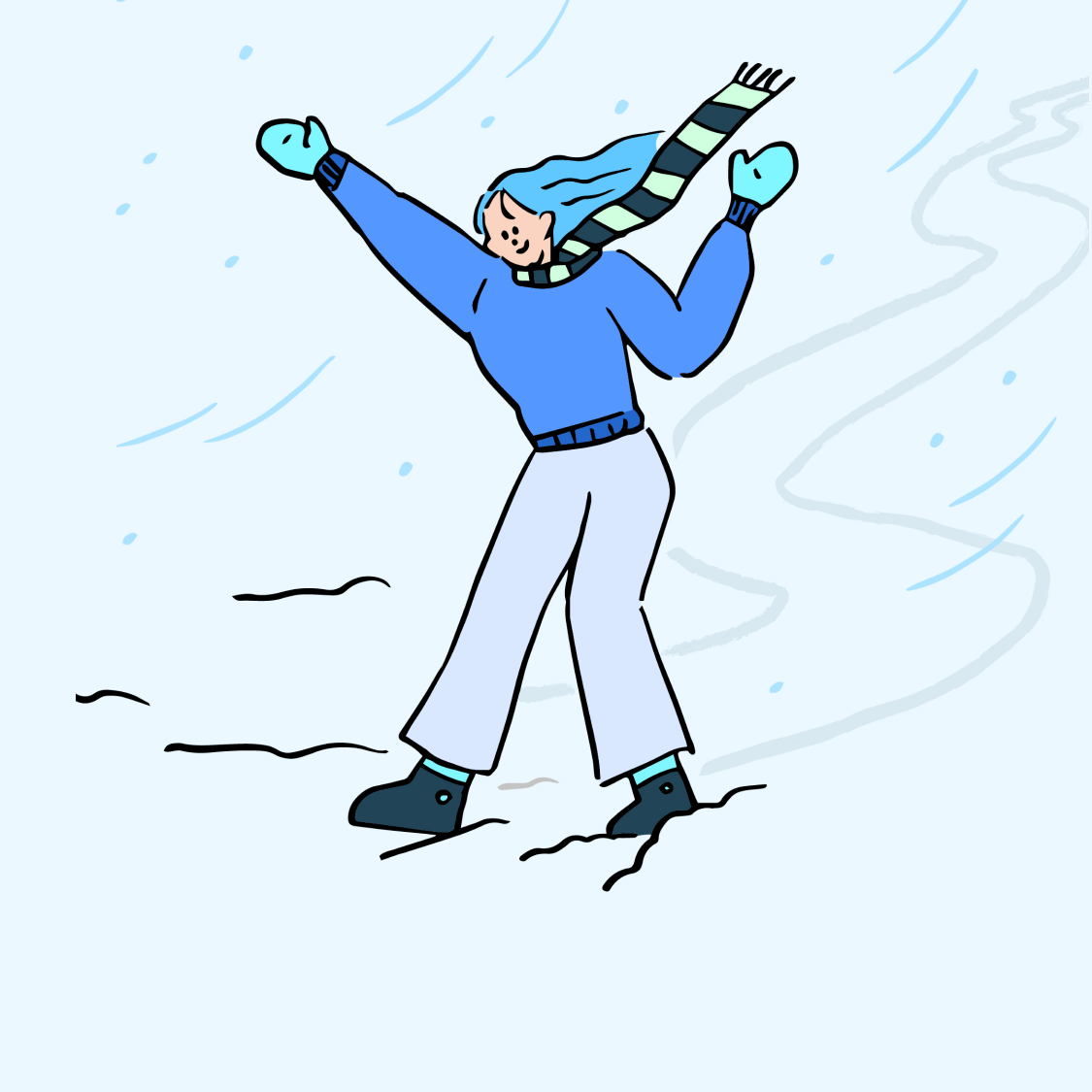Objectives
Winter is a season full of boisterous parties, festivals, and holidays, but it is not just full of happy times. Unprovoked depression, lethargy, and emptiness also come with winter. Do you feel down and lose efficiency whenever it gets cold? Your not alone. Winter can be that kind of season. But if the depression continues to deepen and doesn't leave, you have to find a way to kick it out.
Seasonal Affective Disorder
Seasonal Affective Disorder is a type of depression that repeatedly appears and disappears with a specific season. Most people develop symptoms in winter and recover naturally in the spring. Sometimes some people experience the opposite pattern, but here were going to look at the much more common 'winter type' seasonal depression.
Winter is Coming
Seasonal Affective Disorder has distinctions that make it different to general depression. If you note some of the following changes in yourself during the winter months you might suspect you are suffering from ‘SAD’, and not just the blues.

A More Dangerous Season for Women
What is the reason seasonal affective disorder appears? Researchers speculate it’s because of a ‘lack of sunlight’.
As the amount of daylight shortens in winter, the amount of time spent in darkness, or artificial light, increases. The logic is that as this happens, part of the brain, called the hypothalamus, doesn’t work properly, resulting in unstable hormone levels, like serotonin and melatonin, and difficulty in mood, appetite, and sleep.
There is some bad news too. Women experience seasonal affective disorder four times more than men. This is because the female sex hormone "estrogen" can affect serotonin. In particular, women between the ages of 18 and 30 are the most vulnerable. If you are within this age group, you may feel more uncomfortable with the change of seasons, even if you do not need medical treatment.
Three things you can do right now
Try some simple methods to break down the early symptom of seasonal affective disorder, lethargy.
❶ Recharge in the sun
This might seem obvious but it’s the most fundamental solution. Taking a half hour walk in the middle of the day can have an amazing effect. I know, I know, it's cold, my room is so nice, I’m busy, there's no place to walk... If you have a lot of excuses, try to find a compromise. A small change like moving your desk to in front of the window is fine. It is also good to chat with your friends at a café with nice big glass windows. Wherever you are, try to consciously search for sunlight!
❷ Eat healthily
Stay away from sugars and carbohydrates. Don't overeat. Have your meals at regular hours. You only have to remember these three things.
❸ Talk about it
It is important not to ignore or suppress the helplessness, frustration and sadness you feel now. You don't have to consult an expert right away. Try sharing your feelings with reliable and comfortable people and get their opinions. They may be able to remove the 'denial filter' that blocks your eyes.
Summary
- That heavy, lethargic feeling you get in winter? Might not just be a feeling
- Pay attention to your body and mind, to spend that cold quarter of the year healthily
